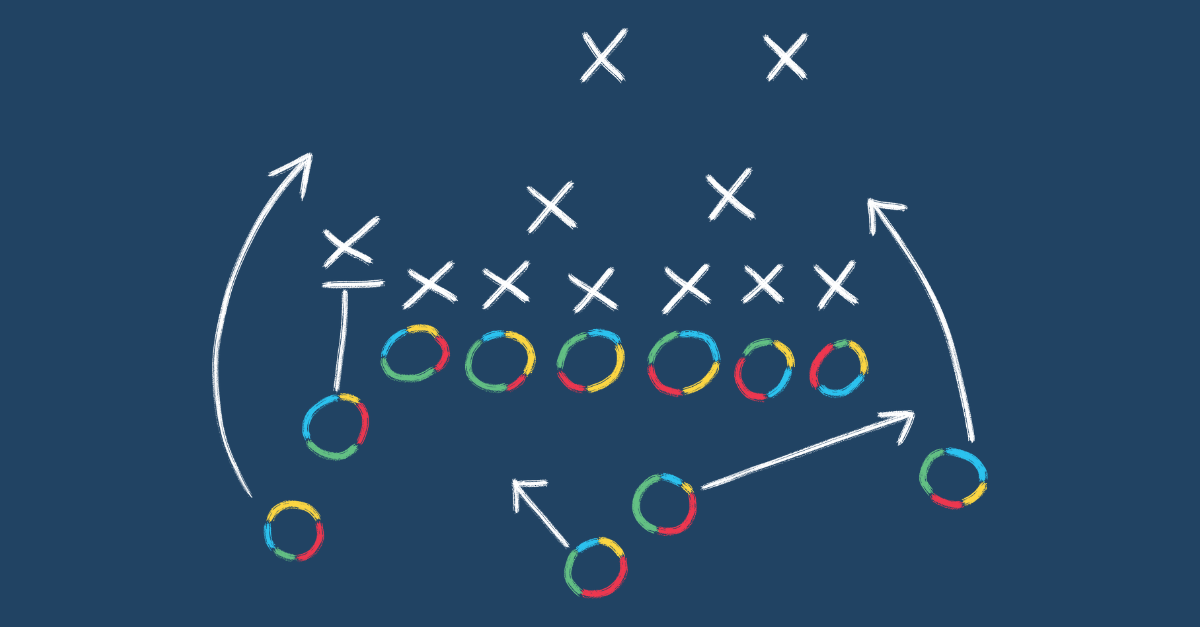"Most managers of business functions epitomize their occupation.” This statement, taken from The Whole Brain Business Book, isn’t likely to surprise you. It makes sense that someone who’s moved up to a management position would be the embodiment of his or her functional area of expertise.
But this simple fact also conceals a common management trap.
Our research shows that different occupations have distinct thinking preference norms. For example, the finance profession has a strong tilt toward analytical, logical, fact-based thinking. Entrepreneurs, graphic designers and marketing consultants, on the other hand, tend to have strong preferences for imaginative, big picture, intuitive thinking.
Someone who’s been promoted into a management role, then, is likely to personify that norm. In other words, a finance manager will have a strong preference and focus on the quantitative aspects of work. It also means he or she will probably have some blind spots in other areas, like the more interpersonal and strategic aspects of management.
And there’s the trap: The work required at the management level—whether or not it involves managing people—is rarely confined to just one or two thinking styles.
Management Without Limits
Consider all the different kinds of management issues an organization faces:
- Employee performance
- Job design
- Job placement
- Management communications
- Team selection
- Organization design
- Workforce planning
- People management
- Project, task and time management
- Rewards and recognition
Now imagine trying to optimize the management of these issues with a limited thinking approach.
The implication is clear: You can’t manage effectively with a one-track mind.
The essence of management in today’s knowledge worker era is all about becoming a “thinking manager,” someone whose primary focus is on the ability to diagnose and respond to the thinking needs of those being managed, including people, projects and tasks. Yet too many organizations fail to consider this when developing management training programs, hi-po development plans and other performance strategies.
There’s something to be said for consistency, but managing in only one style can be limiting if the situation requires shifting to a style that is more effective. Particularly as the business environment becomes more complex and unpredictable, it is nearly impossible to be effective in management without being able to use the full spectrum of thinking available—your own as well as the diversity of thought around you.
In fact, recognizing, managing and getting the benefit of the company’s diversity of thought is one of the most important responsibilities of leaders at all levels today. But this requires a quantum leap in management understanding and competence. It changes the management game. No longer is limited “brain bandwidth” or any single management style good enough to optimize business results. Multiple thinking approaches, situationally applied, are required.
The question is, are your management training programs meeting the needs of today’s thinking managers?












